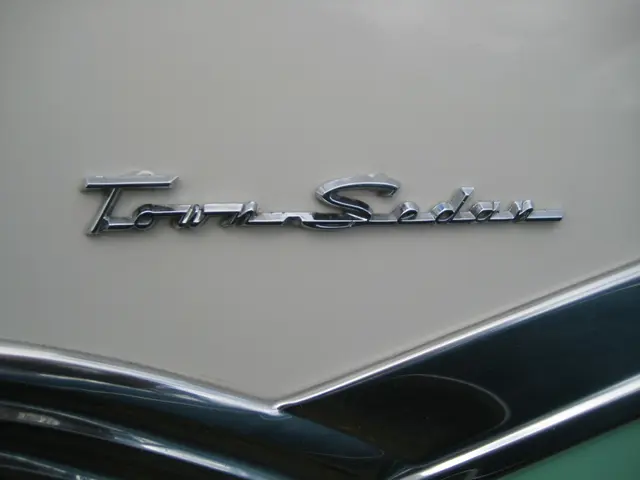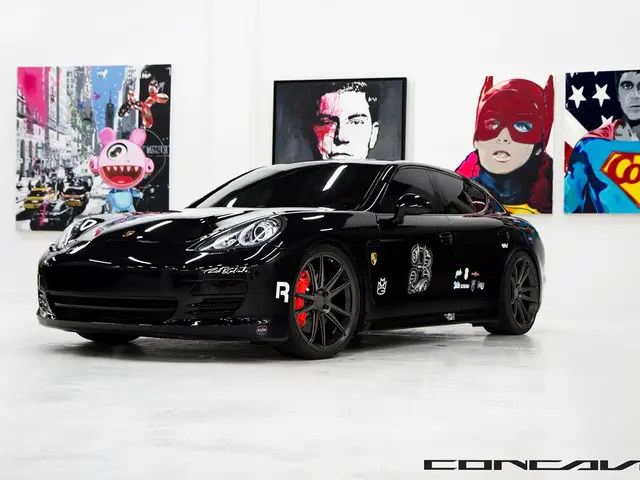Federal government's initiative to promote 640 electric buses in Hamburg concludes. - Over 640 electric buses in Hamburg exhaust federal financing
Hamburg currently boasts nearly 640 electric buses, making it a leader in Germany's electrification efforts, surpassing cities like Cologne and Berlin, according to a PWC study. The Hochbahn operates 363 electric buses, while Verkehrsbetriebe Hamburg-Holstein (VHH) has 276.
Last December, the VHH announced that 277 of its 847 buses were emission-free, a number that decreased due to the retirement of two minibuses. The Hochbahn reported almost 280 electric buses at the end of November, with an additional 84 vehicles added since then. Both companies will discuss their EV fleet plans further in upcoming press conferences.
Despite this progress, challenges loom as federal subsidies for new EV acquisitions are set to end this summer, according to PWC. Two primary obstacles include financial barriers and infrastructure demands:
Financial Challenges:- High upfront costs for vehicles and charging infrastructure.- Lack of funding once federal subsidies cease, as new electric buses are two and a half times more expensive than diesel buses.- Intricate public tender processes that may act as a barrier to rapid fleet renewal.
Infrastructure Challenges:- Expensive expansion of charging networks necessitating urban planning.- Grid upgrades to handle increased electricity demand, which can be costly and time-consuming.- Ensuring green energy sources satisfying the increased demand to achieve true decarbonization.
Operators like the VHH and Hochbahn are urging the federal government for continued funding support. A follow-up subsidy at the federal level might prove crucial in maintaining the momentum towards emissions-free mobility.
To tackle these post-subsidy challenges, operators can explore alternative funding mechanisms, smart infrastructure adoption, policy innovations, and continued technological advancements:
Potential Solutions:1. Alternative Funding Mechanisms: EU and local grants, Public-Private Partnerships (PPPs).2. Smart Infrastructure and Technology Adoption: Smart grid integration, Vehicle-to-Grid (V2G), localized planning, and phased rollout.3. Policy and Operational Innovation: Localized service models, green procurement policies.4. Continued Technological Advancements: Next-generation batteries, integrated powertrains, and new powertrain and inverter technologies.
In conclusion, despite the end of federal subsidies, Hamburg's efforts to electrify public bus fleets can continue by leveraging alternative funding sources, smart infrastructure solutions, and adopting localized and innovative operational models. As technological advancements in battery systems and powertrains progress, zero-emission bus fleets can become increasingly viable and sustainable.
- The impending end of federal subsidies for electric vehicles (EVs) in the summer is posing financial challenges, such as high upfront costs for vehicles and charging infrastructure, a lack of funding once subsidies cease due to the higher cost of new electric buses compared to diesel buses, and complex public tender processes as barriers to rapid fleet renewal.
- Infrastructure demands also pose challenges, including the need for expensive expansion of charging networks, grid upgrades to manage increased electricity demand, and ensuring green energy sources match the increased demand to achieve true decarbonization.
- Operators like VHH and Hochbahn are advocating for continued funding support from the federal government, and a follow-up subsidy at the federal level could help maintain the progress towards emissions-free mobility.
- To overcome these post-subsidy challenges, operators can turn to alternative funding mechanisms like EU and local grants and Public-Private Partnerships (PPPs), smart infrastructure solutions like smart grid integration, Vehicle-to-Grid (V2G), localized planning, and phased rollout, policy and operational innovations like localized service models and green procurement policies, and continued technological advancements in battery systems, integrated powertrains, and new powertrain and inverter technologies.








